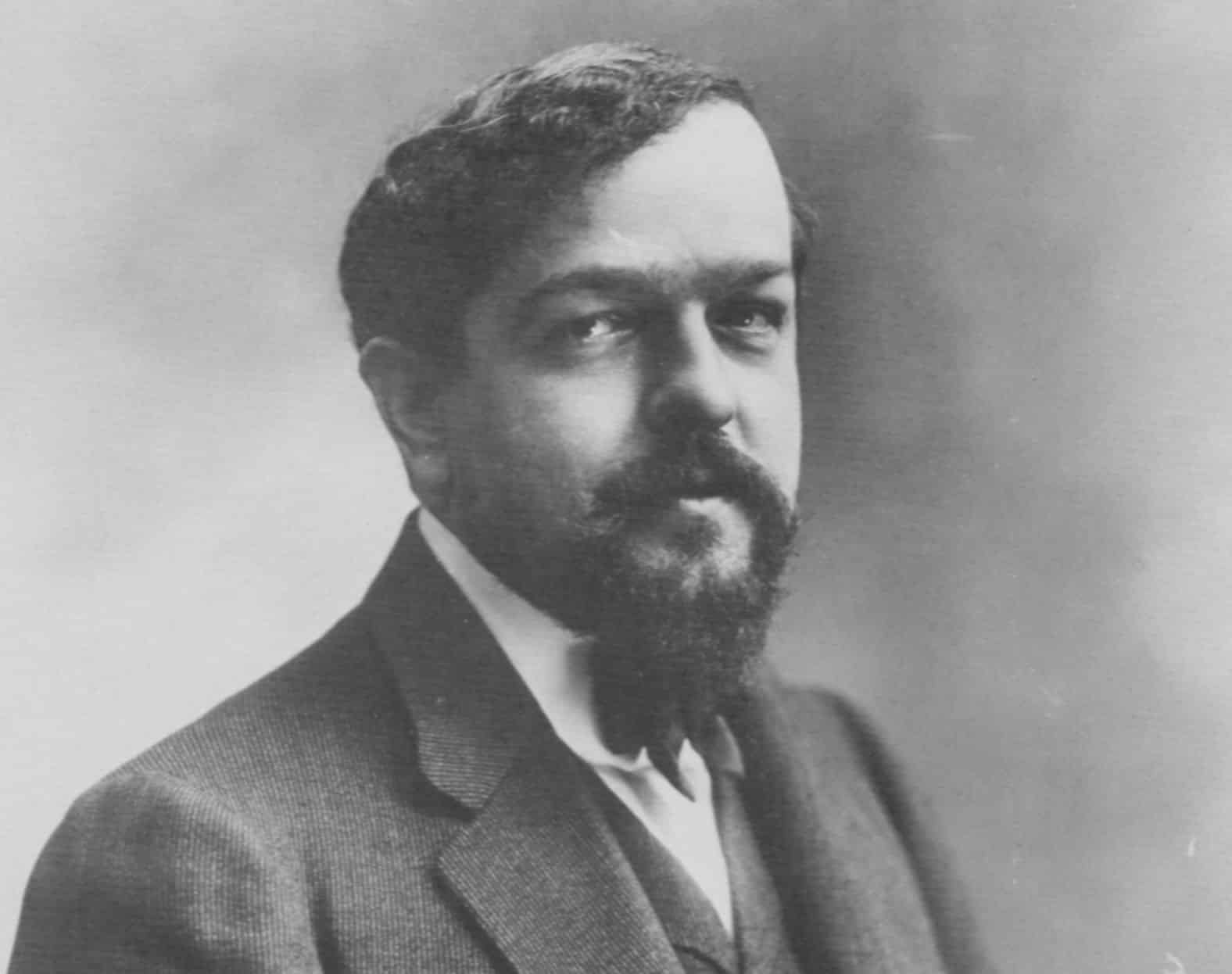
The Story Behind Debussy’s Danse sacrée et danse profane
Claude Debussy, one of the most innovative and influential composers of the late 19th and early 20th centuries, crafted a mesmerizing work for harp and[…]

The Story Behind Debussy’s Rêverie
Claude Debussy, one of the most influential composers of the late 19th and early 20th centuries, is renowned for his innovative approach to harmony, tone,[…]

Biography of Claude Debussy: The Master of Impressionism
Claude Debussy (1862–1918) was a revolutionary French composer whose groundbreaking music redefined the boundaries of classical music and inspired countless generations of musicians. Widely regarded[…]

The Story Behind Debussy’s Ballade
Claude Debussy, one of the most celebrated French composers, is renowned for his innovative contributions to the world of music. His works often reflect a[…]

The Story Behind Debussy’s Arabesque
Claude Debussy (1862–1918), one of the most celebrated composers of the Impressionist era, created a body of work that continues to captivate audiences with its[…]

Top 10 Debussy Songs
Claude Debussy, a prominent figure in the world of classical music, is often regarded as the father of musical impressionism. His innovative approach to composition[…]

Claude Debussy – Biography and History
Claude Debussy, a luminary of impressionist music, was born on August 22, 1862, in Saint-Germain-en-Laye, France. His pioneering compositions would revolutionize classical music, earning him[…]

Claude Debussy – Biography and Life
Claude Debussy (1862-1918) stands as one of the most influential and innovative composers of the late 19th and early 20th centuries, contributing significantly to the[…]

Fascinating facts about Debussy
Claude Debussy, a French composer of the late 19th and early 20th centuries, is renowned for his groundbreaking contributions to the world of classical music.[…]

Claude Debussy: The Musical Impressionist
Claude Debussy was born on August 22, 1862, in Saint-Germain-en-Laye, France. From an early age, he displayed remarkable talent in music, often experimenting with the[…]